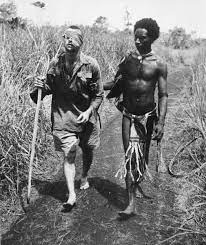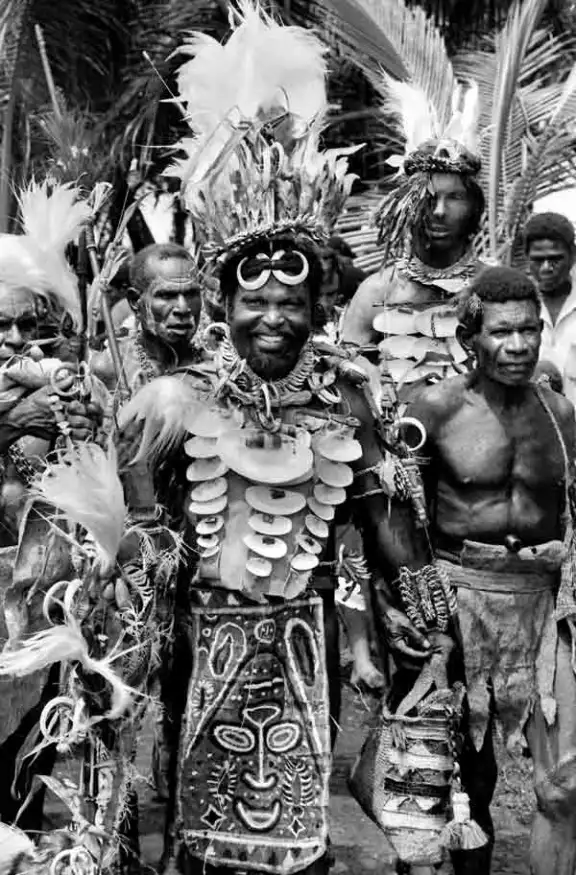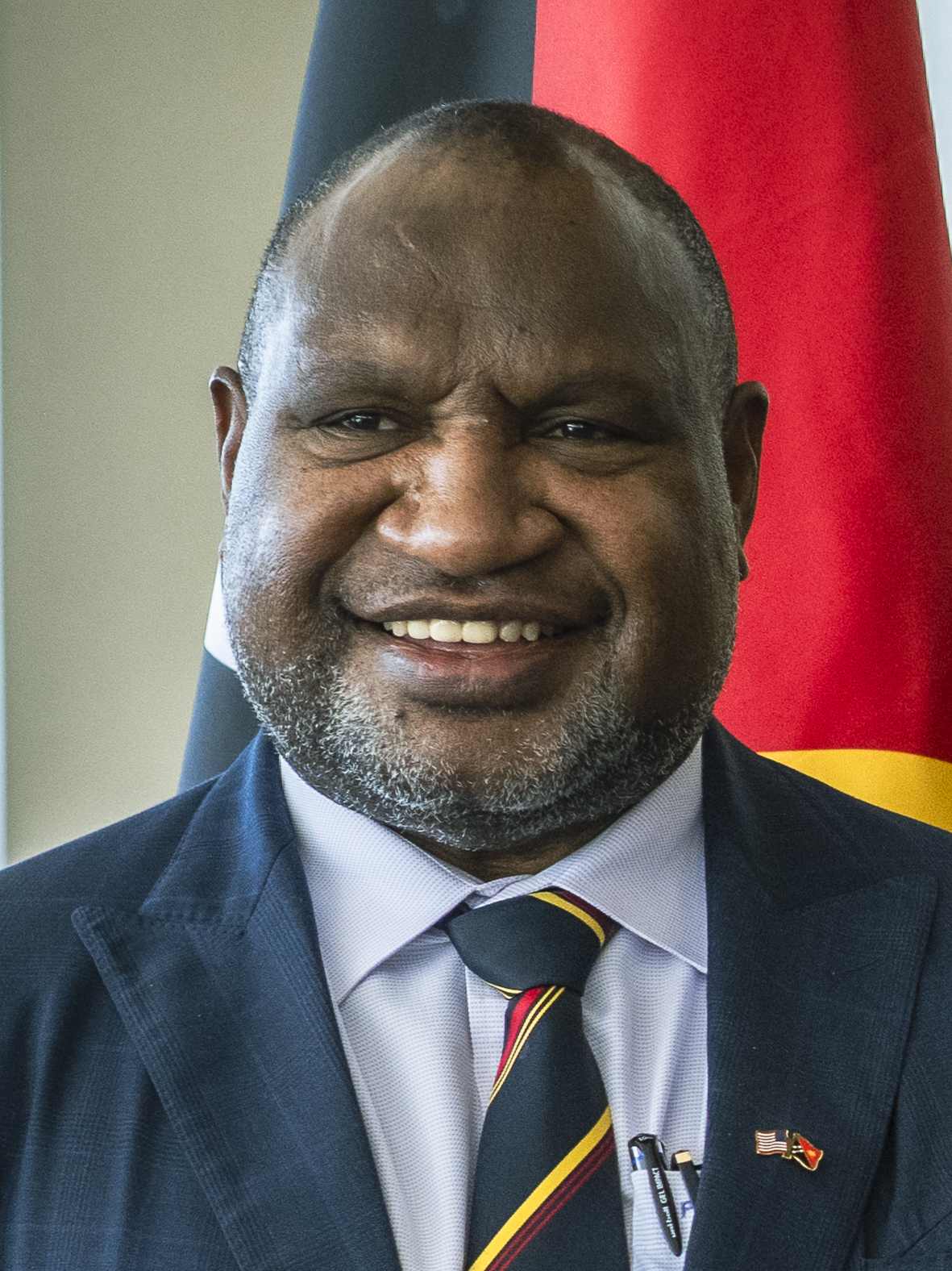 I am indebted to the Washington Post for the above photo. To many of those who experienced it, the eclipse was a spiritual event. In the Indiana town of Bloomington, at 4 minutes past three on the afternoon of April 8 the eclipse lasted for four minutes. Buddhist monks marked it with a puja ceremony, a “ritual honouring and promoting inner and planetary healing,” according to the Tibetan Mongolian Buddhist Cultural Center (sic).
I am indebted to the Washington Post for the above photo. To many of those who experienced it, the eclipse was a spiritual event. In the Indiana town of Bloomington, at 4 minutes past three on the afternoon of April 8 the eclipse lasted for four minutes. Buddhist monks marked it with a puja ceremony, a “ritual honouring and promoting inner and planetary healing,” according to the Tibetan Mongolian Buddhist Cultural Center (sic).
In my blog on New Year’s Eve 2023, I wrote about our experience of the total eclipse in 2002, which was best seen at Ceduna, whither four of us travelled across Australia to view it. In my blog, I mentioned the late Jack Pascachoff who had observed 75 eclipses.
We met some of these eclipse devotees in Ceduna – but do not remember Pascachoff among the crowd. These people travelled from one eclipse site to the next – which at that time was Chile, I heard one of them say. Well, as I said at the time, some people collect teddy bears, and others obsessively try to visit every state in the USA. These people collected their presence at one eclipse after another.
In reading his obituary, I loved the anecdote of an eclipse in Manitoba, when Pascachoff was shocked by the drivers who just turned on their headlights and kept moving. As one would say, takes all types…
He enthused his students and “an even better eclipse was forecast for 2024, with totality from Mexico to the Canadian Maritimes. He wanted everyone to observe it. As for him, he was already plotting hotel reservations in Sinaloa, the place with the best view.” Sinaloa, located in northwestern Mexico has a 650 km Pacific coastline, with Culiacán as its capital.
Alas, he died well before that recent eclipse which indeed did what he hoped to see, at least for him not from Earth.
What is weird is the response of some of the Republicans. There is a difference between a personal spiritual response based on emotion and the people who seemed to have rejected the science underlying eclipses, including their location and time, all of which science has enabled us to know precisely when they will occur.
Instead, they seem to have retreated to the superstitions of the mediaeval age, where they related these events to intervention of their God. Yet these people subliminally accept the science, which has predicted when eclipses occur, as demonstrated by scientists such as the late Jack Pascachoff. Otherwise, why would those Buddhist monks pictured have been so prepared with all the modern appurtenances?
Pleading the Belly
In 1588 Pope Sixtus V declared all abortion murder, with excommunication as the punishment. Then, a few years later, Gregory XIV released a papal bull that claimed it was not a sin unless the foetus was animated or moving. The Pope Sixtus V bull that called abortion a sin was overruled by this Gregorian bull. Additionally, Pope Gregory rescinded the legal classification of abortion as homicide. In further explanation, Gregory XIV was the virtual successor of Sixtus V, the intervening Pope, Urban VII, having lived for only 11 days after installation.
It took nearly 300 years before Pius IX again declared all abortion murder in 1869, and this remains the official position of the Church, reaffirmed by the current Pope.
Thus, the Arizona Law of 1864 on abortion was in place even before the Pius IX bull. The Arizona Supreme Court recently upheld this criminal law first enacted in 1864 that allows sending a doctor or other medical provider to state prison for two to five years for performing an abortion that is subsequently not deemed “necessary to save” a woman’s life. There are no time limits—the prohibition begins “the morning after”—and no other exceptions, such as for pregnancies that resulted from rape or incest.
It was re-affirmed when Arizona became a State in 1912.
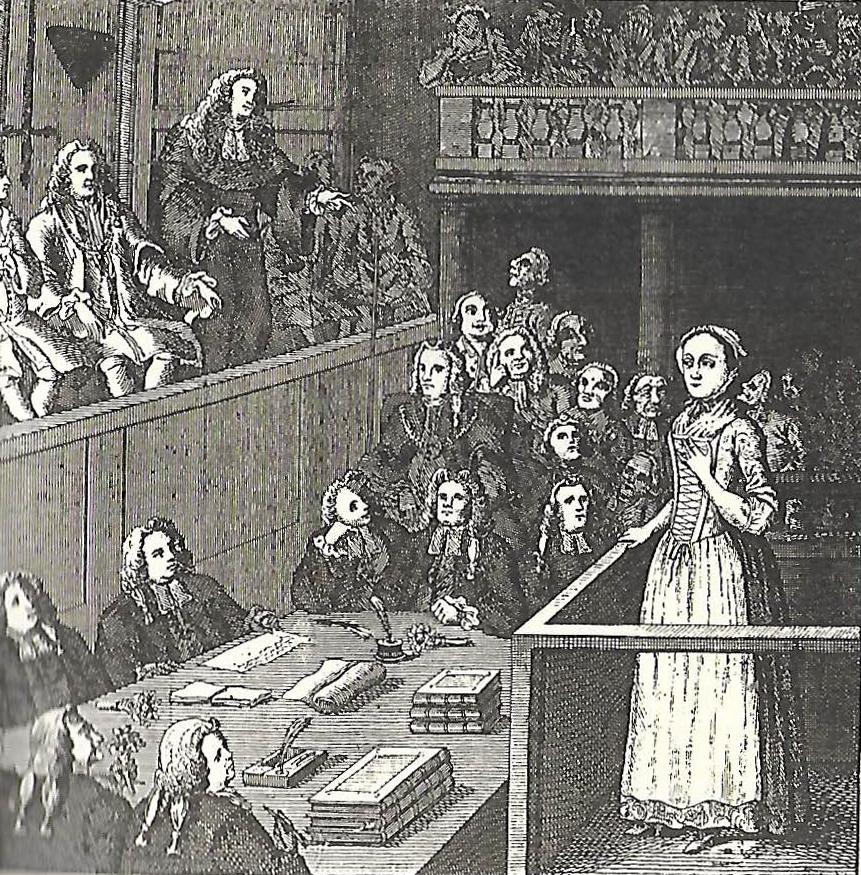
But that’s not all left on the Arizona books dating back to 1864, as it still has a “pleading the belly” provision, although it is not identified in so many words. “Pleading the belly” is a common law provision, which is first mentioned in Britain in 1375. It means that no woman convicted of a capital crime can be executed if she is pregnant, normally having to be certified by multiple doctors. This meant there was a stay of execution until the child was born. Then, the woman could be executed. This provision was codified into British statute in 1931 when the Sentence of Death (Expectant Mothers) Act, made it illegal to sentence a pregnant woman to death. But not so seemingly in Arizona, where it remains on the books, if ambiguously, to this day.
Wait for the Arizona Supreme Court to have a case before it on the matter.
Remote Working
I was intrigued by a recent Economist article on the growth of remote working. COVID-19 and the development videotelephony software programs stimulated remote working. Yet as the Economist states, that there are some professions where remote working is impractical; although my point of view is now that of a consumer, I also have a view of a profession in which I was once a practising doctor.
One of the banes of my professional life occurred when I was a first-year resident medical officer in an outer suburb hospital where we “first years” had to share the emergency load. Most of the time when on duty the doctor could be up all night. There were times when you were summoned from bed to see someone presenting at the emergency department, but there was one particular colleague who never got out of bed – he issued instructions from the depth of his pillow and left the patients for his colleague to see in the morning. Welcome to the doctor remotely working or more properly described as bludging. I always got out of bed when I was called. Telehealth as a substitute has provided a convenient and acceptable means to the medical profession now loathe to do home visits or work after hours.
Therefore, one of the downsides of remote working is that it may fit the genius working in a garret, but it also suits the bludger, who wants to give the semblance of work, since remoteness enables meeting an illusion that work is being accomplished remotely, This illusion has metastasised to such an extent that none of the workforce becomes available to the general public, since they are in the nirvana of meeting remotely.
Therefore, I start my assessment of remote working sceptically because remote work flexibility has many unexpected undesirable consequences. I once ran a program in a Government department for five years, and it was a time before that alphabet of why a particular bureaucrat can have days off without any planning or goes on some useless training course existed. Then there is the added pernicious action of not allowing the bureaucrat to settle down in one job to ensure that the general public is confronted by both ignorance and lack of corporate knowledge. Thus, if one is intent on making it as difficult as possible for the general public to penetrate the bureaucratic jungle, then confront it with a potpourri of bureaucratic dysfunction working. Remotely.

Remote working is just the icing on this dysfunction: “Hullo, I am ringing to talk to Mr X”, “He’s not here. He is working from home today.” Can you give me his number?”, “No, I’m afraid we can’t give that information.” “When will he be in?” “No idea” “Is there anybody else who can help?” “I’m sorry but I have to go to a meeting to discuss the meeting schedule. You’ll have to excuse me…” and that is the polite version.
Remote working should be banned for those whose main role is to provide a direct customer role. It is difficult enough without having these people not at work in the office. In other words, for government bureaucrats, there should be an assessment carried out by an independent source to see if there is any merit in this cohort of office bureaucrats being allowed to work remotely.
Having taken that position in relation to bureaucrats the industries in which the Economist reported the highest level of remote-work flexibility are coding and technology, architecture, engineering and business jobs. About half of people working in computer or mathematical jobs work remotely full-time. In these cases, ability to communicate is generally not a problem.
The Economist reports that McKinsey have shown that half of women report being unable to work remotely at all, compared with 39 per cent of men. But what does it mean in relation of remote working? It is not an ephemeral gender issue.
I have always lived close to where I have had an office. For a long period, I had offices in both Melbourne and Sydney and had a home within 20 minutes of where I worked, even in peak traffic. My wife worked in the same office, working in different areas, even though our jobs may have intersected at times. My career as a consultant meant considerable travel, but if “remote working” is taken literally, yes, I worked in remote locations. Thus, working with my wife was one of way of avoiding “remote working”, because there was always one of us in the office, if considering the two locations as being one office.
The Economist straying into another area made the following point: Couples compromise in all kinds of ways for their lives to work together. If she is offered a big promotion, conditional on moving to Chicago, she may have to turn it down if his job is tied to New York. The geographical liberation of either partner makes it possible for the other to ascend the corporate ladder.
In other words unless couples are faced with being required to work remote from one another, compromises must be made to keep the couple together. I faced that in my early career, when both of us graduated in medicine and then having children in our early twenties, still pursued separate careers, and both ended up undertaking PhDs in separate institutions.
We found a solution. We set up our own community-based childcare centre able to take a child in its first year to being able to go through the first five years. We had an appropriate mix of staff to cover both care and education. Both our sons are alumni of that childcare centre, which remains in operation 60 years after it was established.
The other was the fact that the maternal grandparents filled in as carers when the boys were not only in the early childhood centre but afterwards when they were in primary school. This, coupled with the proximity of work and both the early childhood centre and school, allowed the two careers to progress, without one parent having to sacrifice their career. Remember that was the sixties, when prejudice against women working was strong, and yet we were able to persuade the Department of Health to change its attitude and contributing funding to the childcare centre, mainly for capital costs to ensure that the building satisfied the extensive departmental regulations.
Thus, how ambiguous is the word “remote” when applied to “work”.
Spinal Surgery
I thought I would explain the reasons for deferring my operation. I am sure you respect that the choice I have made has not been undertaken without much deep consideration of balancing the risks and benefits. My response was largely generated from our last consultation and your subsequent letter to {orthopaedic surgeon} – Letter to Spinal Surgeon
The furore of the level of spinal surgery disclosed by the ABC program Four Corners seemed to centre on one neurosurgeon who was already deemed incompetent, having had limitations placed on his practice. However, “surgical cowboys” exist and when you need to decide to give consent or not, you need to know the ones with a lasso. The average person, often anxious or fearful, must make a choice based on asymmetric information. Asymmetric information since the doctor has the information, and anyway he or she is obviously not going to say that the procedure he or she will use is “crap” and has been shown not to work.
I was faced with this question of spinal surgery eight years ago. I had a major car accident in 1981 and was left with the underlying damage where osteoarthritis would be a long term result. The orthopaedic surgeon initially did not undertake arthroscopy on the grounds that if he did it, knee replacement would be inevitable. This decision gave me ten years of relative mobility – able to undertake up to an hour walks.
That was until late 2013 when I developed polymyalgia rheumatica, that the whole downward spiral in my mobility commenced. Gradually with cortisone, the pain associated with the PMR eased. Nonetheless I was faced with using one and then two sticks, and eventually using a wheelchair for distances such as airline concourses, for instance.
I was then further faced with having my knees replaced by prostheses. However, since I had symptoms related to the arthritis of my spine in both cervical and lumbar region, I was referred to a spinal surgeon. The orthopaedic surgeon was loathe to operate on my knees without a spinal assessment to see if I needed surgery. I first found the spinal surgeon’s attitude unusual from the start in that he left the consultation to somebody I presumed was a doctor or nurse, barely competent in taking a clinical history, which resulted in my clinical notes stating I was a heavy smoker whereas I had not smoked for 36 years.
For a time, despite my misgivings, I accepted the need for operations, with the surgeon saying he would have to take bone from my left iliac crest for my cervical surgery and then, with little intervening time, undertake a laminectomy on my lumbar spine, as if his skill was the only consideration.
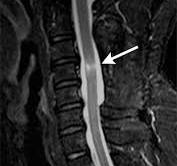
In retrospect I should have terminated this nonsense, especial as he intended to do an MRI on the morning of the operation to “check all this”. I have had many MRIs, which all showed spinal pathology, but what he seemed to ignore was that the spinal cord was not impinging on the spine. Sure, I had intermittent tingling in my fingers, but this was only minor. Sure, I had pain in my back, but it was not incapacitating.
I had been undertaking hydrotherapy for several years, The neurologist confirmed, looking at the same MRI as the surgeon, that it clearly showed space between spinal cord and spine.
I then made the decision to defer the operation and sent a letter to the spinal surgeon, rather than meeting face-to-face which may not have been guaranteed before he had launched into using his operative skills on me.
Frankly I was worried by his arrogance and yet saying I could die under the knife. He seemed to ignore my myriad co-morbidities nonetheless.
He never replied to my letter seeking justification.
My putative operation remains on hold, as they say, “sine die.”
It is eight years later, and my spinal symptomatology remains much the same, although I have other co-morbidities, which render anything he proposed at that time a sure-fire death sentence now.
I believe that there is a role for a medical qualified health broker, who can provide independent advice backed by best evidence available for those less informed than myself to help redress the information gap.
Some of the medical commentators would better be suited as health brokers instead of being interviewed on TV, where words are more ephemeral and generally after the fact. This episode of Four Corners seems not to have generated media comment, despite the descriptions of questionable practice, where these expert independent voices condemned the actions of this particular surgeon. If these voices had been co-ordinated and presented to the patient as the voice of a health broker, then the outcomes as depicted may well have been different.
Iris Sargeant
Iris was the goddess of rainbows. Rainbows were her connection between heaven and earth.
Iris was my mother-in-law. She died on Wednesday evening. She was 98. She was a great lady, who was born into the Lutheran diaspora, her ancestors having fled religious persecution in Prussia. Her family came from Katowice, which is now in Poland. Her family initially settled in South Australia, and some of the families then settled in rural Victoria and others in southern New South Wales, with Iris being born in Walla Walla north of Albury, in 1926.
Iris very much embodied the rural woman, growing up with four brothers and a sister. Her father was Theodore Gustav Hoffmann and her mother Alma, born Schroeter. Growing up in a time when having a German name had its difficulty, especially during WWII. Iris was tolerant, forgiving, a highly intelligent person at a time where women were confined to domesticity and not encouraged to go much further than early primary school. With her love of books she had always wanted to be a librarian and she enjoyed painting and colouring.
Iris had two other qualities that set certain people apart. She had grace and concern for others, even when she was clearly dying and hearing that I had had a relapse, she said “Is there anything I can do to help?”
Says it all. Now she is moving up her rainbow in a cascade of colours. Iris, the artist has left a legacy to be celebrated – herself painted large.
That soft gentle voice saying “Time for me to go now. I won’t say goodbye. Just look for me in the rainbows after the rain.”

Mouse Whisper
Two mice walked into a tavern in Cincinnati. They ordered to two thimbles of Mouscadet.
As they perched on the counter, they noticed the name of tavern to be Blind Tiger.
Why, they squeaked to the owner who, elbows on the counter, answered them by way of explanation.
“In prohibition days, when anybody was looking for a drink, they would look out for the Blind Tiger where you paid money to go into the speakeasy to see the Blind Tiger and would get a drink, free or if money needed to handed over, the bartender was concealed by a blind so that there was nobody visible to provide the drink, while money was passed through a slot to a tray behind the blind.”
It did not take long for the customer to become blind and tigerish.
Another, thimble, my good mice.


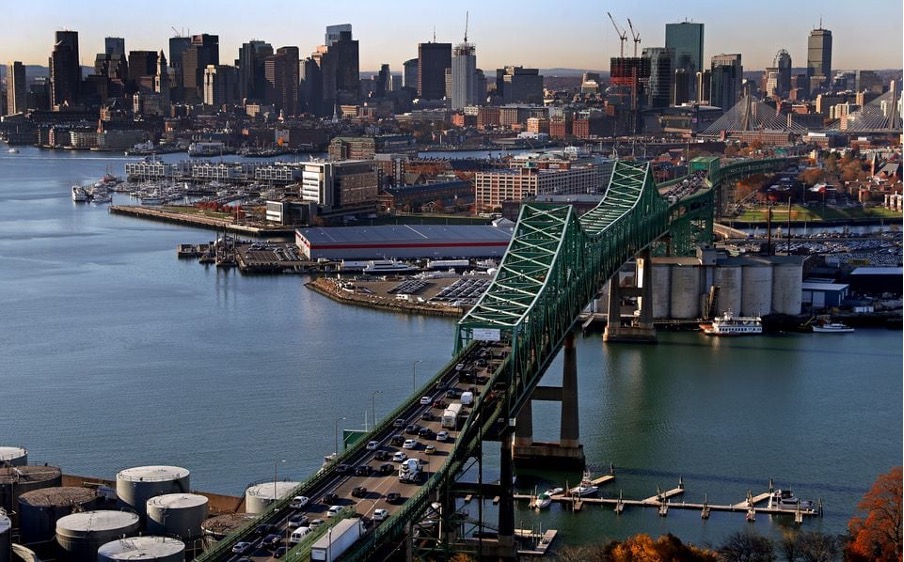 I am from Baltimore, born and bred. Grew up at the inner harbor, Patapsco River…oh yeah Hon, ain’t the beer cold and let’s get some Natty Bohs and jumbos! I now live in Southern California. I was in the desert two days ago and a young woman, who happens to be a car salesperson (I was shopping for cars) got to talking to me about the bridge collapse. Lawd have mercy…may I repeat, she’s a car salesperson…she starts in with how the Bay Pilot did it on purpose. Steered directly for the main support pillars and took out the FSK Bridge. I said, but the freighter lost power and is more or less the size of Nimitz Aircraft Carrier going eight knots and you think he can just turn it on a dime…? Her eyes glazed over…Social media has done far more harm than good is all I’m saying. You should watch this guy on YouTube. He debunks conspiracy theories-this one pertaining to FSK Bridge. – A person responding in Boston Globe.
I am from Baltimore, born and bred. Grew up at the inner harbor, Patapsco River…oh yeah Hon, ain’t the beer cold and let’s get some Natty Bohs and jumbos! I now live in Southern California. I was in the desert two days ago and a young woman, who happens to be a car salesperson (I was shopping for cars) got to talking to me about the bridge collapse. Lawd have mercy…may I repeat, she’s a car salesperson…she starts in with how the Bay Pilot did it on purpose. Steered directly for the main support pillars and took out the FSK Bridge. I said, but the freighter lost power and is more or less the size of Nimitz Aircraft Carrier going eight knots and you think he can just turn it on a dime…? Her eyes glazed over…Social media has done far more harm than good is all I’m saying. You should watch this guy on YouTube. He debunks conspiracy theories-this one pertaining to FSK Bridge. – A person responding in Boston Globe.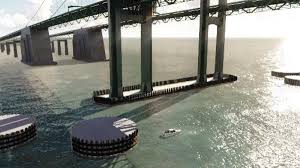
 I must confess I had one small episode. I looked at my watch, and I could not connect with it telling the time. I do not know how long this episode lasted, but it was so strange, and I did not realise what it was until it cleared. It was a very strange sensation – not fog – just non-recognition of what I started out to do, read the time.
I must confess I had one small episode. I looked at my watch, and I could not connect with it telling the time. I do not know how long this episode lasted, but it was so strange, and I did not realise what it was until it cleared. It was a very strange sensation – not fog – just non-recognition of what I started out to do, read the time.
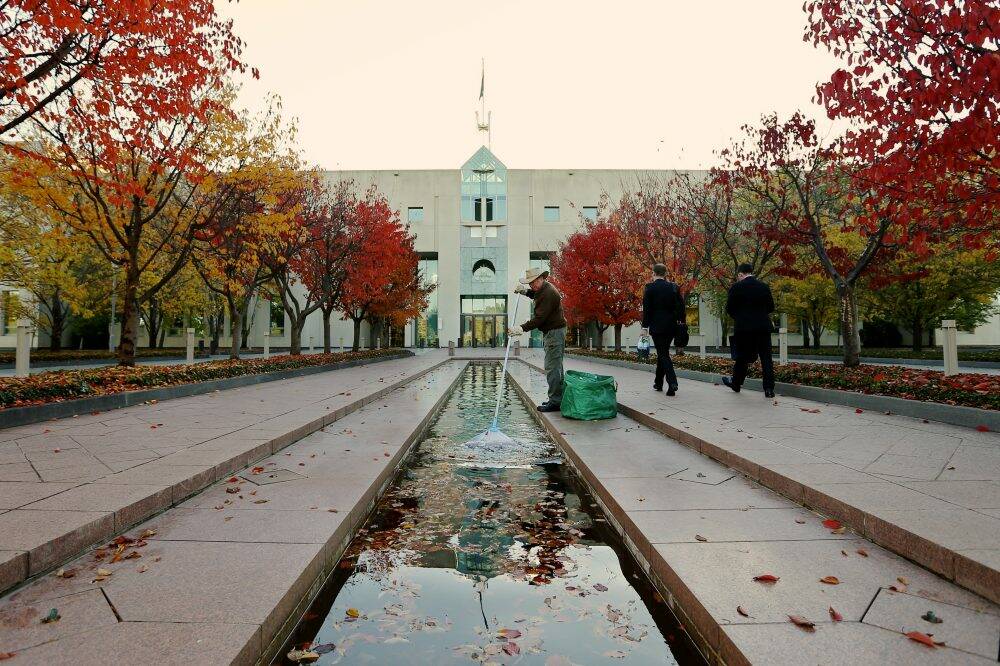
 This is a constituency that can afford large petrol or diesel powered vehicles, enjoy hunting and fishing, can afford to take the family on holidays inter alia to Queensland, and in the main live in a male world, in the traditional heterosexual society which does not write the opinion pieces of tomorrow’s sublimation in the media ether.
This is a constituency that can afford large petrol or diesel powered vehicles, enjoy hunting and fishing, can afford to take the family on holidays inter alia to Queensland, and in the main live in a male world, in the traditional heterosexual society which does not write the opinion pieces of tomorrow’s sublimation in the media ether. Just a reminder of what I wrote on the eve of Remembrance Day last year. I think the Australian Government should be ashamed, especially those former Prime Ministers who signed that disgraceful grovelling letter – in flowing serif, of course.
Just a reminder of what I wrote on the eve of Remembrance Day last year. I think the Australian Government should be ashamed, especially those former Prime Ministers who signed that disgraceful grovelling letter – in flowing serif, of course.

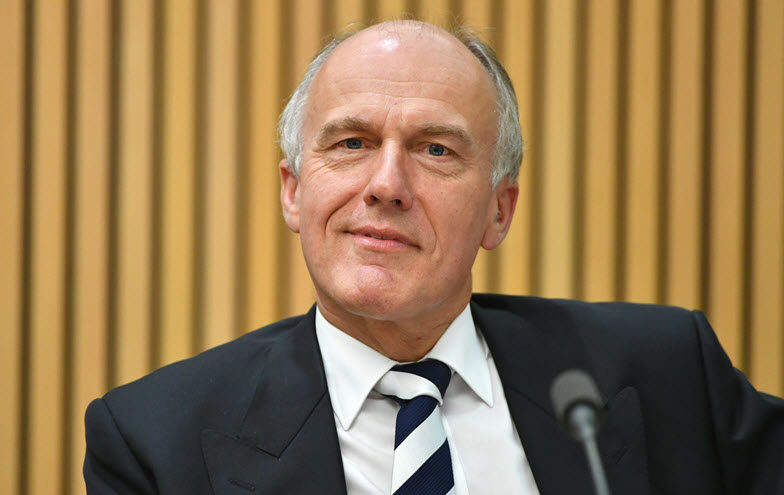 But then Eric is from “aways”, like we are. All Tasmanian invaders. Eric was more exotic, born in Stuttgart. His German lineage is what may be conservatively described as “right wing”. For example, quoting Wikipedia, Eric’s great uncle, Otto Abetz, was a Nazi SS officer, German ambassador to Vichy France, and a convicted war criminal. Eric’s grandfather was Karl Abetz, a professor of forestry science, who joined the Nazi Party in 1933 and became general consultant to the Reich Forestry Office in 1942.
But then Eric is from “aways”, like we are. All Tasmanian invaders. Eric was more exotic, born in Stuttgart. His German lineage is what may be conservatively described as “right wing”. For example, quoting Wikipedia, Eric’s great uncle, Otto Abetz, was a Nazi SS officer, German ambassador to Vichy France, and a convicted war criminal. Eric’s grandfather was Karl Abetz, a professor of forestry science, who joined the Nazi Party in 1933 and became general consultant to the Reich Forestry Office in 1942.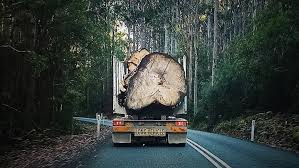 Tasmania has been lampooned as the place where if there was a tree, cut it down, especially native tree; if it was a river, dam it, and if it was a native animal, kill it. I remember when the sawmillers and the Hydroelectric Commission (HEC) ruled the State. Then there was the Mount Lyell mine, which turned Queenstown into a moonscape and the minerals used in the extraction of the copper and silver polluted the King River and Macquarie Harbour to such an extent that it was estimated that would take 200 years to clear up the pollution.
Tasmania has been lampooned as the place where if there was a tree, cut it down, especially native tree; if it was a river, dam it, and if it was a native animal, kill it. I remember when the sawmillers and the Hydroelectric Commission (HEC) ruled the State. Then there was the Mount Lyell mine, which turned Queenstown into a moonscape and the minerals used in the extraction of the copper and silver polluted the King River and Macquarie Harbour to such an extent that it was estimated that would take 200 years to clear up the pollution.
 An air crash by a Qantas or Virgin flight where all are killed fortunately may be very unlikely – but is the government doing anything about confronting and minimising the rising risks, the result of compromising safety for assuring shareholder and Master Joyce’s profit?
An air crash by a Qantas or Virgin flight where all are killed fortunately may be very unlikely – but is the government doing anything about confronting and minimising the rising risks, the result of compromising safety for assuring shareholder and Master Joyce’s profit?


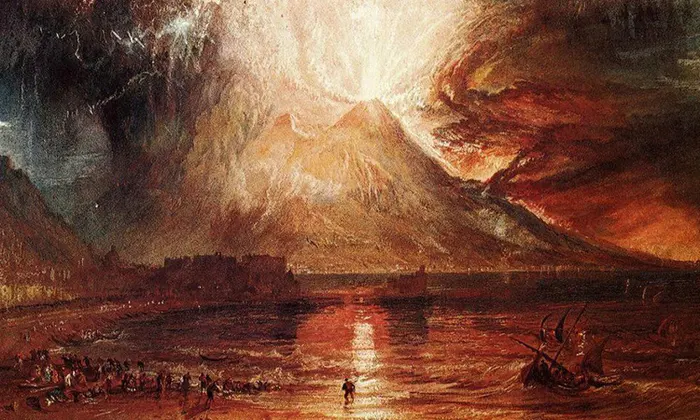
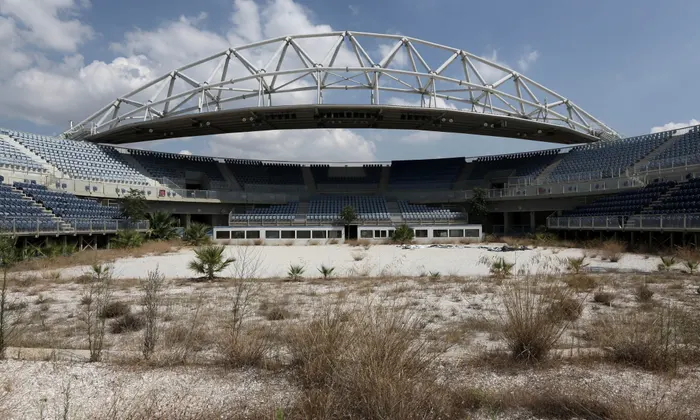
 The local press is celebrating Brisbane for being chosen in 2032 with Coates, the driving force. In the cold light of tomorrow, Australia may realise how it has been hoodwinked by Coates, there was no other city interested apart from his adopted hometown. Nobody else wants it. It is too expensive for dubious gains.
The local press is celebrating Brisbane for being chosen in 2032 with Coates, the driving force. In the cold light of tomorrow, Australia may realise how it has been hoodwinked by Coates, there was no other city interested apart from his adopted hometown. Nobody else wants it. It is too expensive for dubious gains.
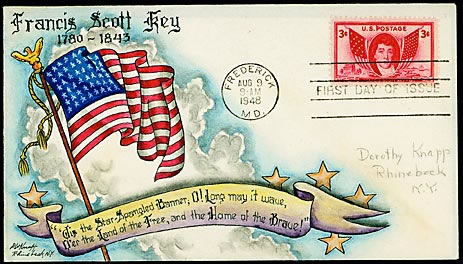 Although “The Star-Spangled Banner” and its verses were immediately famous, Key’s overt racism prevented it from becoming the national anthem while he was alive.
Although “The Star-Spangled Banner” and its verses were immediately famous, Key’s overt racism prevented it from becoming the national anthem while he was alive.


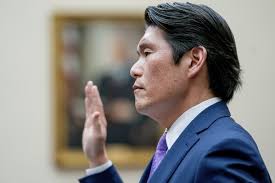
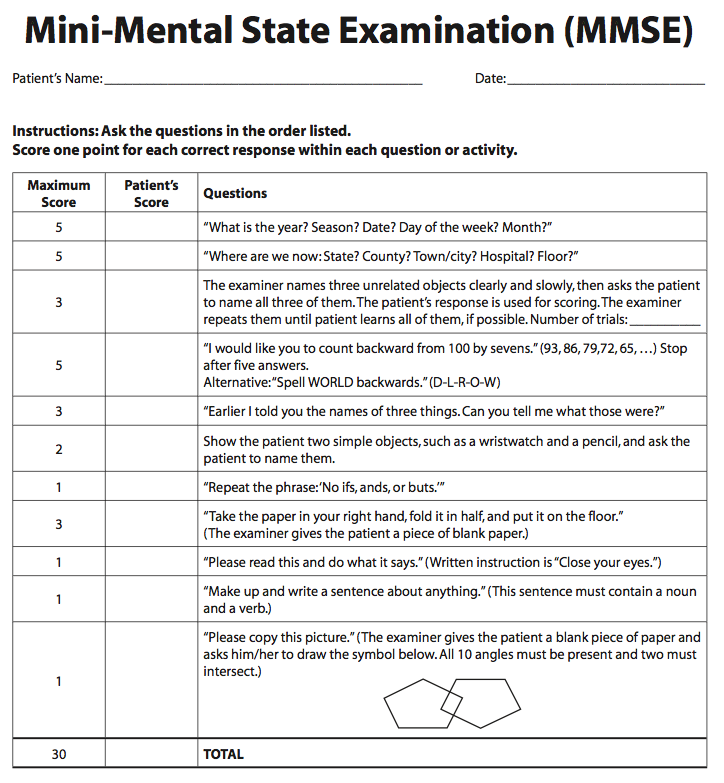 Take note, America, of your Presidential aspirants. But of course, from those sycophantic scheming advisers surrounding each of them, you won’t hear any disclosures. You’ll keep the fiction of these guys being totally compos mentis. Each party, now with access to artificial intelligence, presages a “pile-on” by each party. Objectivity will be lost. The Mini-Mental State Examination (MMSE) takes fifteen minutes. It should be administered as the first question in the first Presidential debate.
Take note, America, of your Presidential aspirants. But of course, from those sycophantic scheming advisers surrounding each of them, you won’t hear any disclosures. You’ll keep the fiction of these guys being totally compos mentis. Each party, now with access to artificial intelligence, presages a “pile-on” by each party. Objectivity will be lost. The Mini-Mental State Examination (MMSE) takes fifteen minutes. It should be administered as the first question in the first Presidential debate.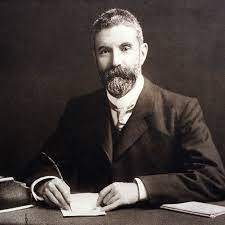
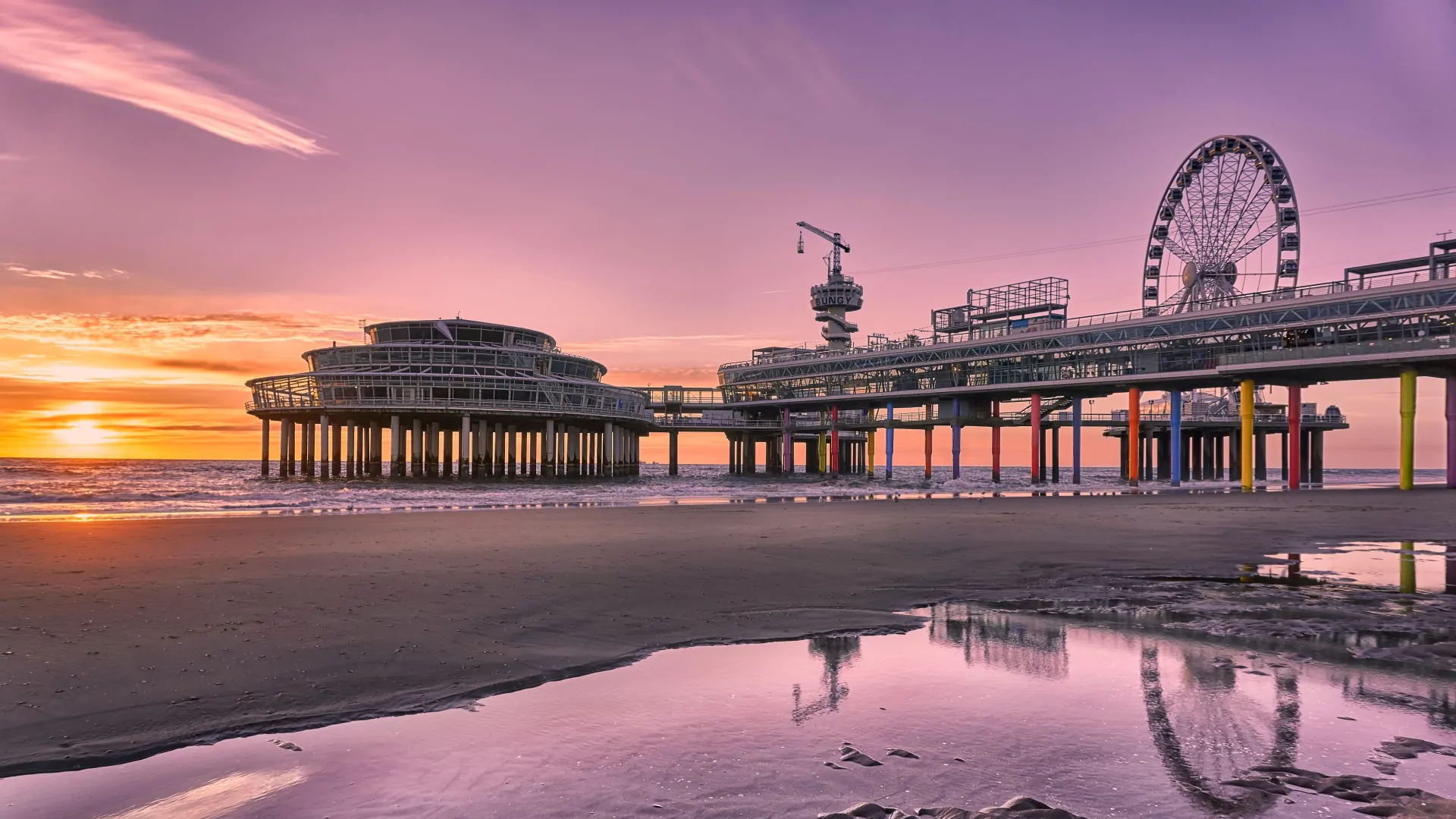
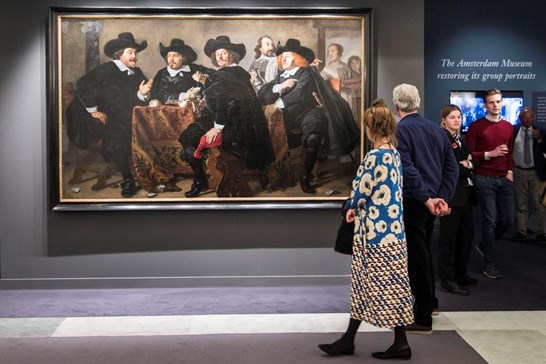
 Bella Hadid, a supermodel, is behind Kin Euphorics, a brand which offers consumers the chance to “achieve an elevated state of health, mood or well-being”. Joe Rogan, the alpha-male host of the world’s most popular podcast, endorses “Alpha Brain”, which, he says, “seems to fire up” that organ.
Bella Hadid, a supermodel, is behind Kin Euphorics, a brand which offers consumers the chance to “achieve an elevated state of health, mood or well-being”. Joe Rogan, the alpha-male host of the world’s most popular podcast, endorses “Alpha Brain”, which, he says, “seems to fire up” that organ.
 I grew up in a soup-loving family. One of my dad’s favourite stories to tell is that once when he was a kid, his family went to a restaurant famous for its split pea soup. When the server came around to ask if anyone wanted dessert, my dad ordered another bowl of split pea soup.
I grew up in a soup-loving family. One of my dad’s favourite stories to tell is that once when he was a kid, his family went to a restaurant famous for its split pea soup. When the server came around to ask if anyone wanted dessert, my dad ordered another bowl of split pea soup. 
 The influencers used to be called con artists, grifters, snake oil salesmen, charlatans, flimflam men, mountebanks. The modern so-called influencer is more often a young woman – hence just to call out influencers as men is a bit of a misnomer.
The influencers used to be called con artists, grifters, snake oil salesmen, charlatans, flimflam men, mountebanks. The modern so-called influencer is more often a young woman – hence just to call out influencers as men is a bit of a misnomer.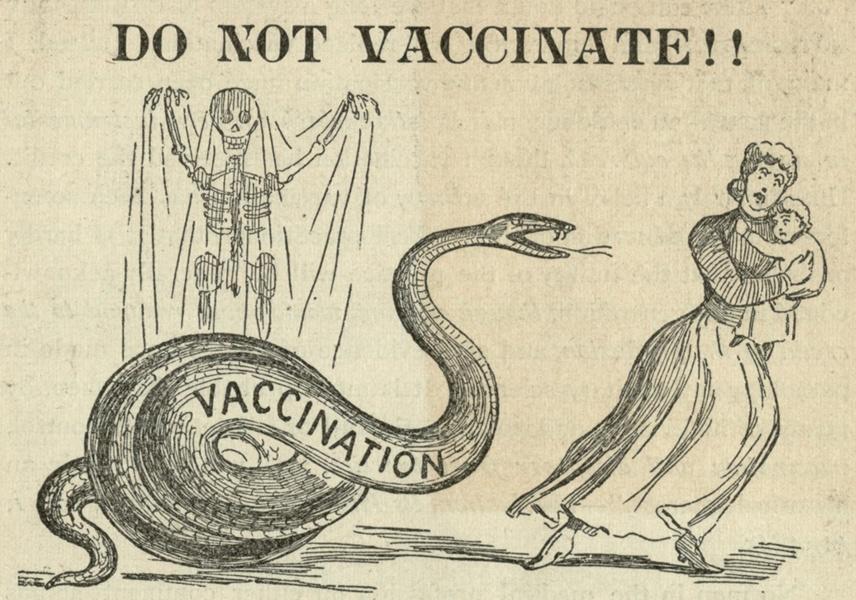 By the way, you anti-vaxxers, do you also want to see children paralysed by poliomyelitis? I have lived through an epidemic. Boys died at my school in the last epidemic when I was about ten, when there was no vaccine. Most of you would not remember that probably you as a child were given Sabin vaccine, before you could make your malignant judgement to clamour for all vaccines to be banned. But what of your children, you influencers?
By the way, you anti-vaxxers, do you also want to see children paralysed by poliomyelitis? I have lived through an epidemic. Boys died at my school in the last epidemic when I was about ten, when there was no vaccine. Most of you would not remember that probably you as a child were given Sabin vaccine, before you could make your malignant judgement to clamour for all vaccines to be banned. But what of your children, you influencers?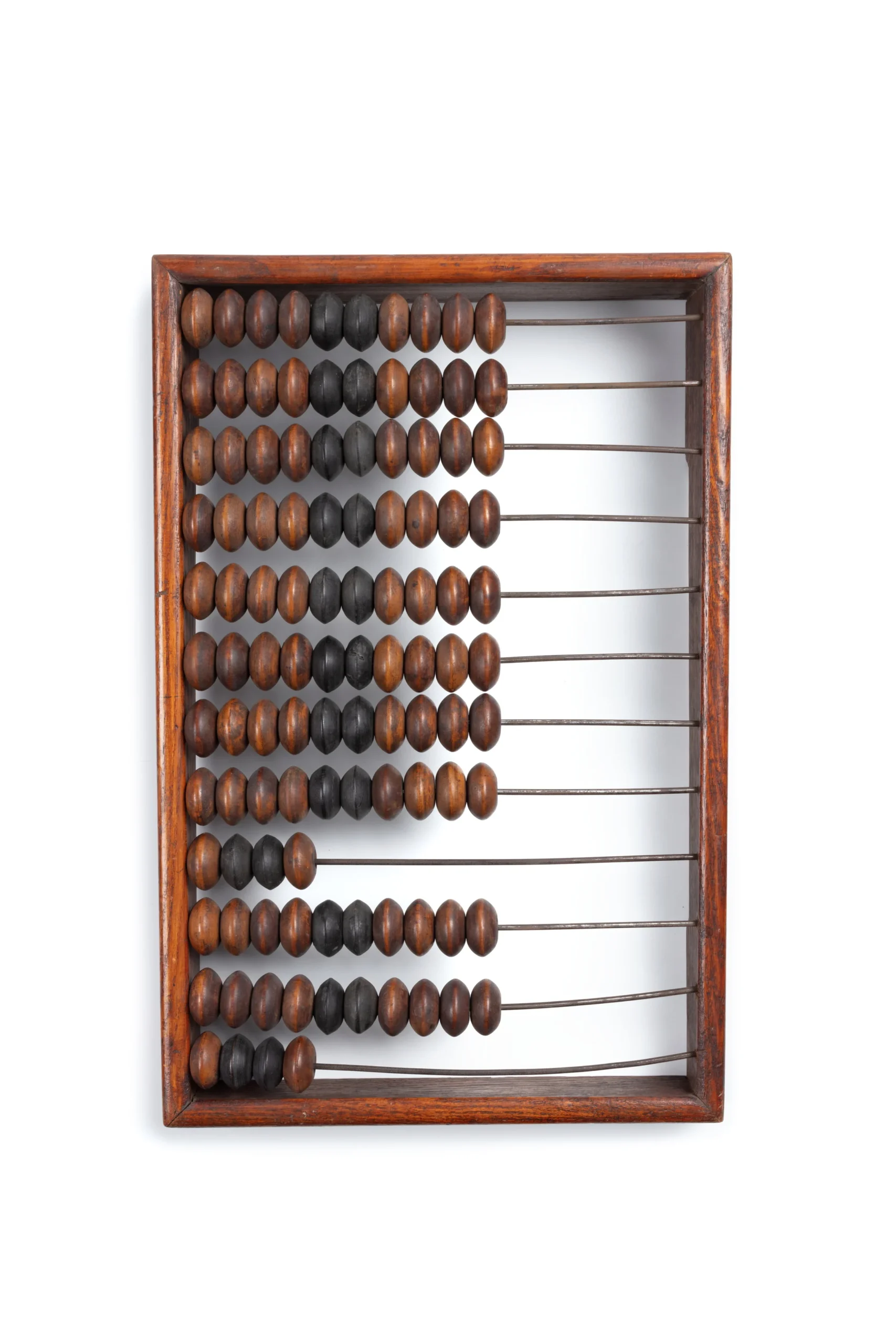 Almost as a footnote to the above is the announcement that the University of Sydney is abandoning mathematics as a prerequisite for a number of courses at the University. The change will mean degrees including commerce, science, medicine, psychology, veterinary science and economics will no longer require students to have undertaken advanced maths in year 12.
Almost as a footnote to the above is the announcement that the University of Sydney is abandoning mathematics as a prerequisite for a number of courses at the University. The change will mean degrees including commerce, science, medicine, psychology, veterinary science and economics will no longer require students to have undertaken advanced maths in year 12.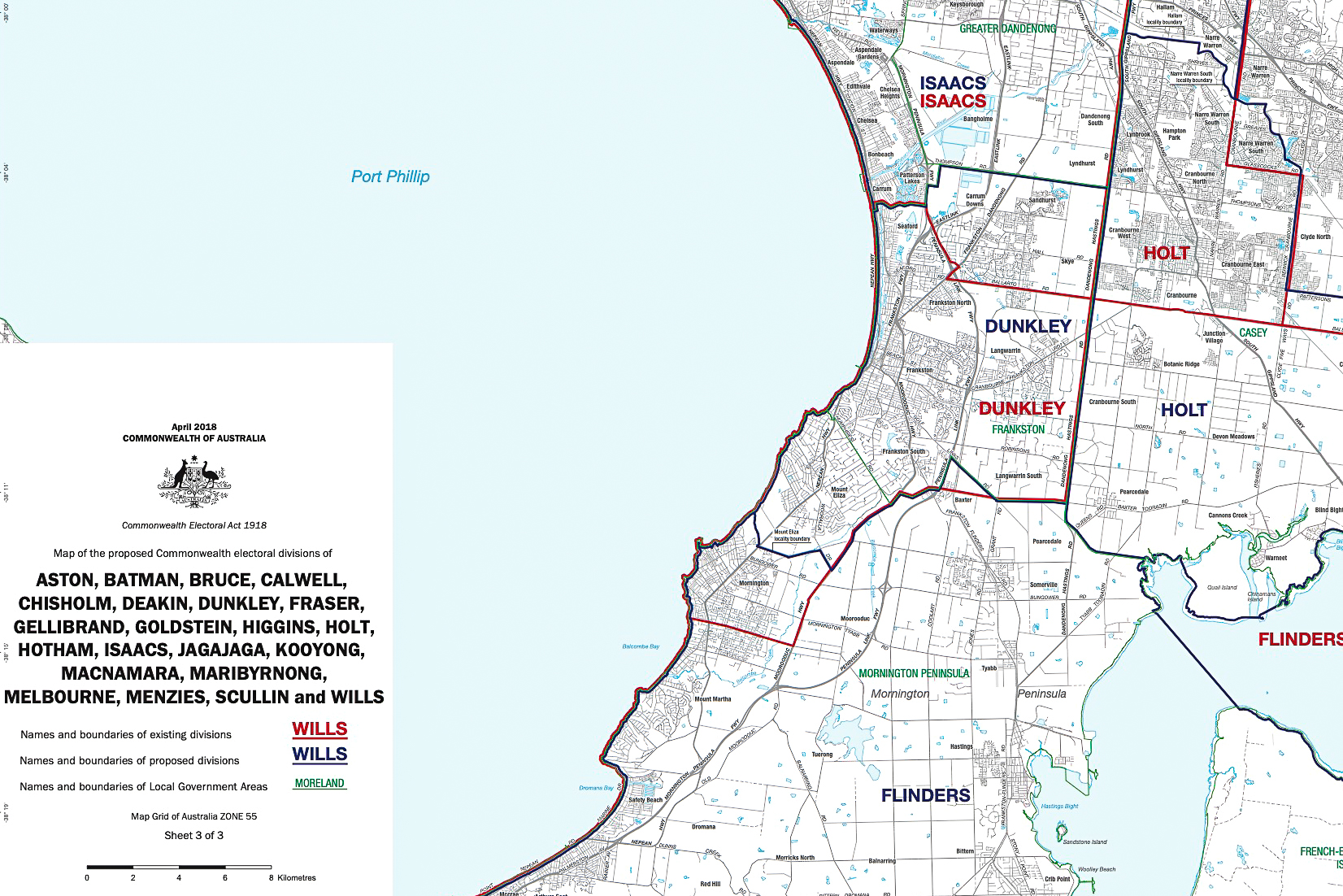
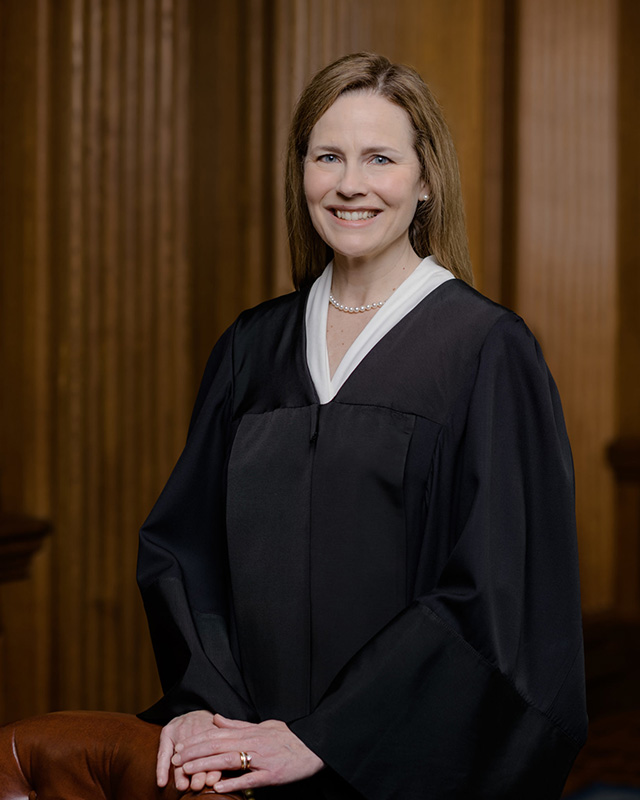
 The warehouse stores need a lot of space, therefore there may not be one close to where you live. This may even mean paying tolls to get there, some Costco stores charge for parking and then there are the crowds – fighting them for parking, for getting a trolley, for space along unmarked aisles, getting onto the lift with your trolley, and the queueing! Overall, it is a lack of access and convenience.
The warehouse stores need a lot of space, therefore there may not be one close to where you live. This may even mean paying tolls to get there, some Costco stores charge for parking and then there are the crowds – fighting them for parking, for getting a trolley, for space along unmarked aisles, getting onto the lift with your trolley, and the queueing! Overall, it is a lack of access and convenience. There is no better breakfast delight than to have lamb’s fry with bacon and onions or grilled kidneys on toast. It used to be a regular on the menu of country pubs, and even down at my favourite watering hole in Balmain.
There is no better breakfast delight than to have lamb’s fry with bacon and onions or grilled kidneys on toast. It used to be a regular on the menu of country pubs, and even down at my favourite watering hole in Balmain.
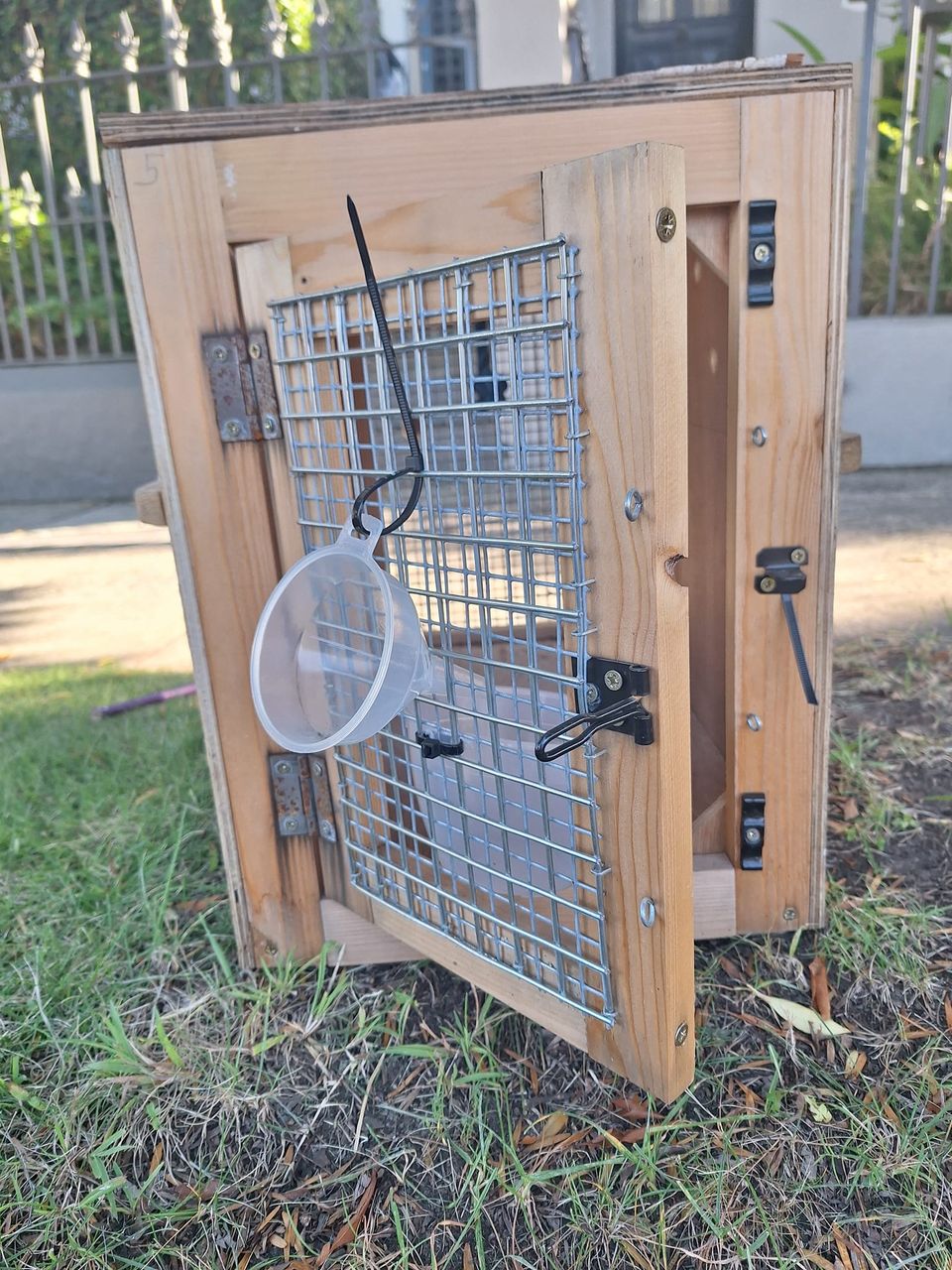


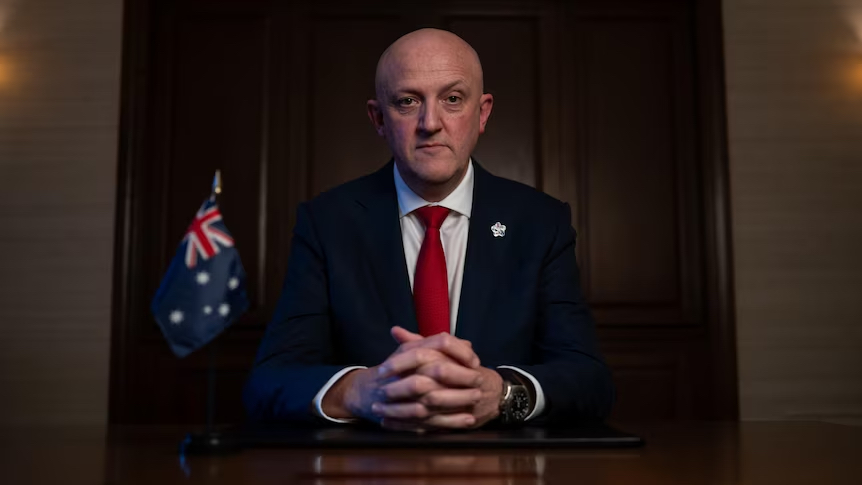
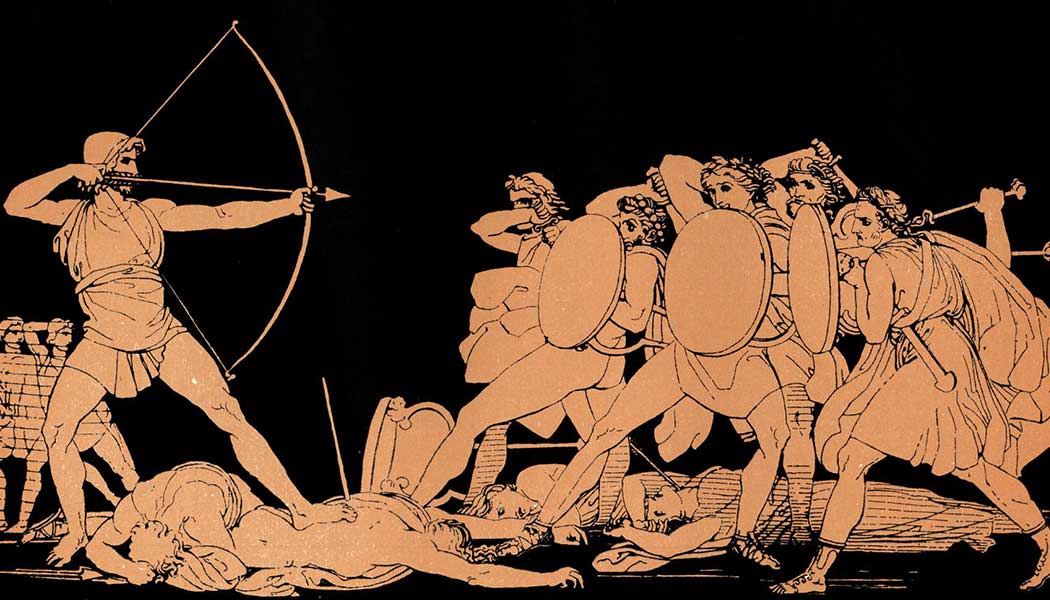
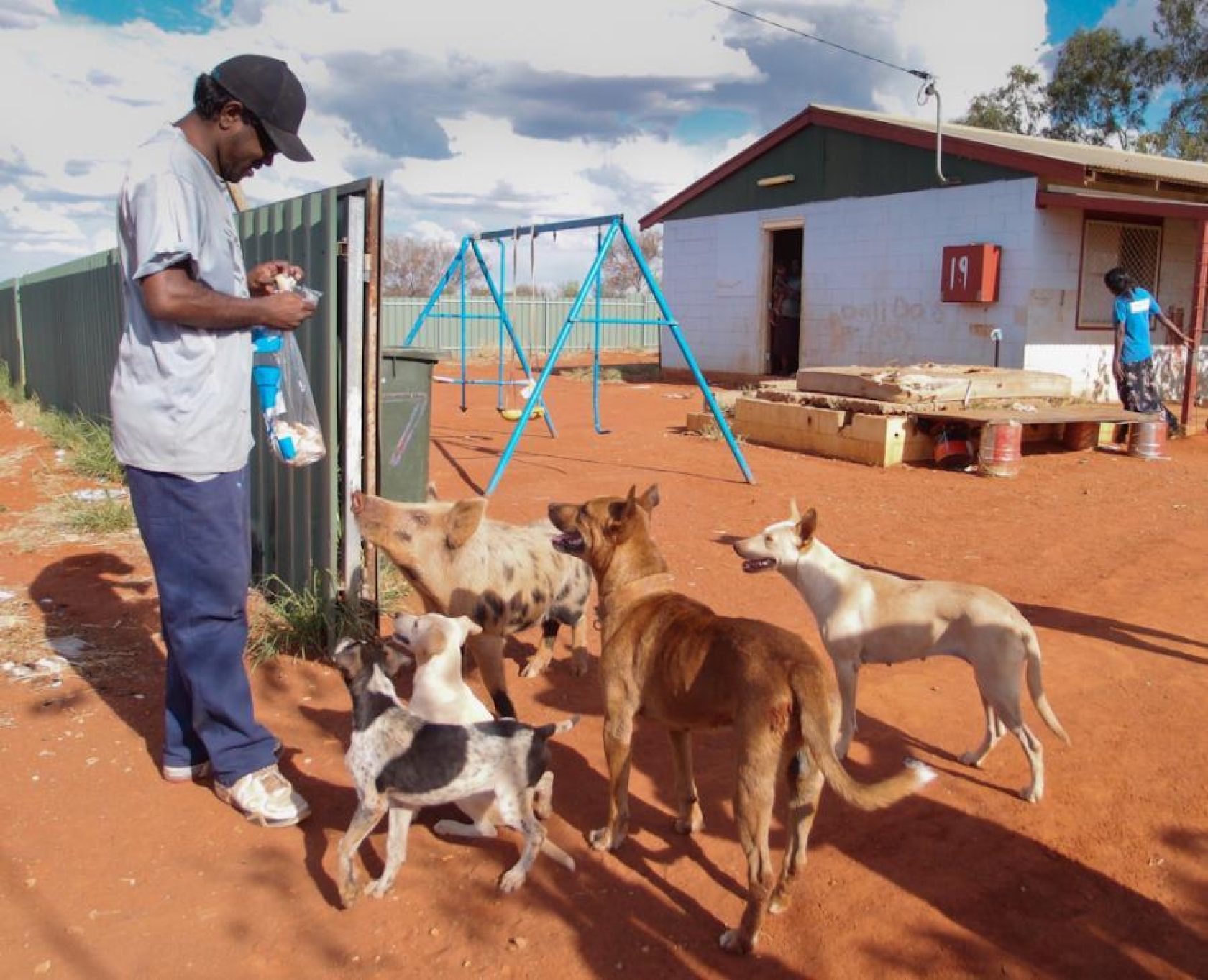
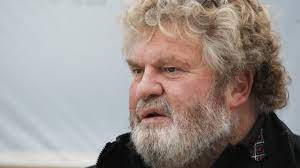

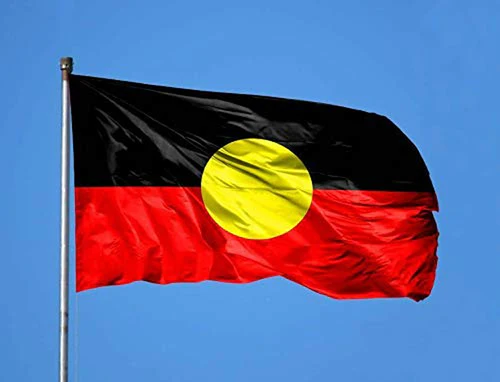

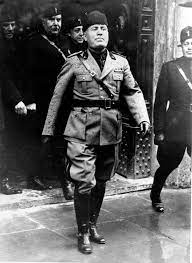



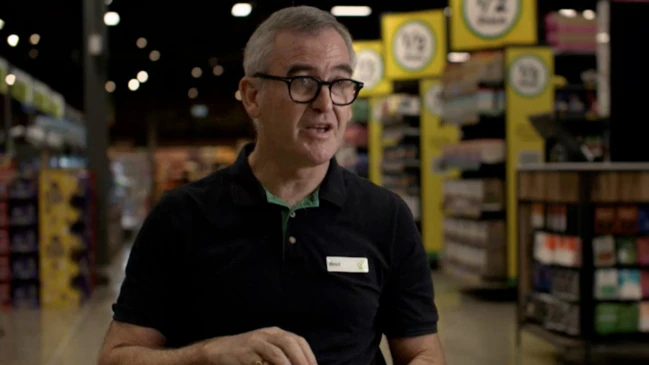

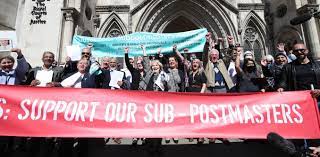 In reality, it was a glitch in the Horizon software program, which the firm Fujitsu had been contracted to introduce, which they did in 1999. It was a flawed program whereby the governments and public service fought to not only preserve but also perpetuate the litany of wrong decisions. The flawed program indicated that there was a massive malfeasance among the sub-postmasters as revealed by the post office receipts.
In reality, it was a glitch in the Horizon software program, which the firm Fujitsu had been contracted to introduce, which they did in 1999. It was a flawed program whereby the governments and public service fought to not only preserve but also perpetuate the litany of wrong decisions. The flawed program indicated that there was a massive malfeasance among the sub-postmasters as revealed by the post office receipts.
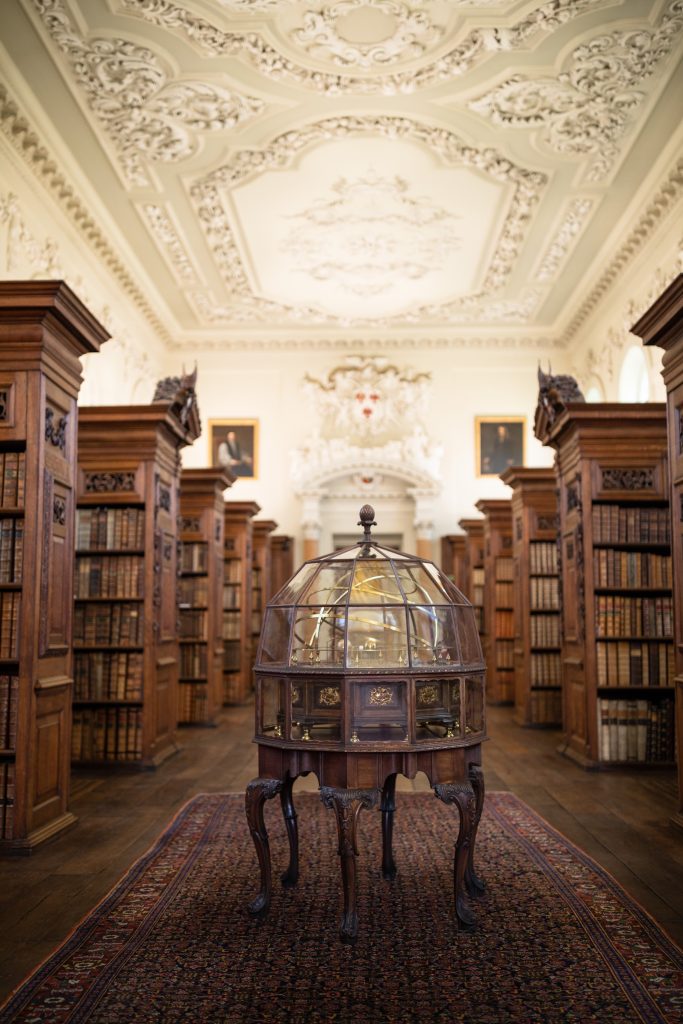
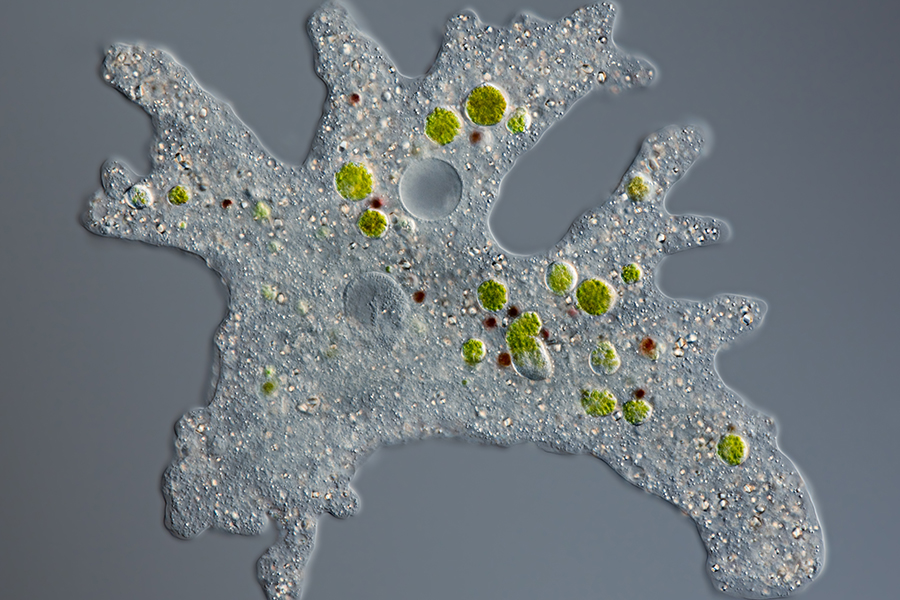
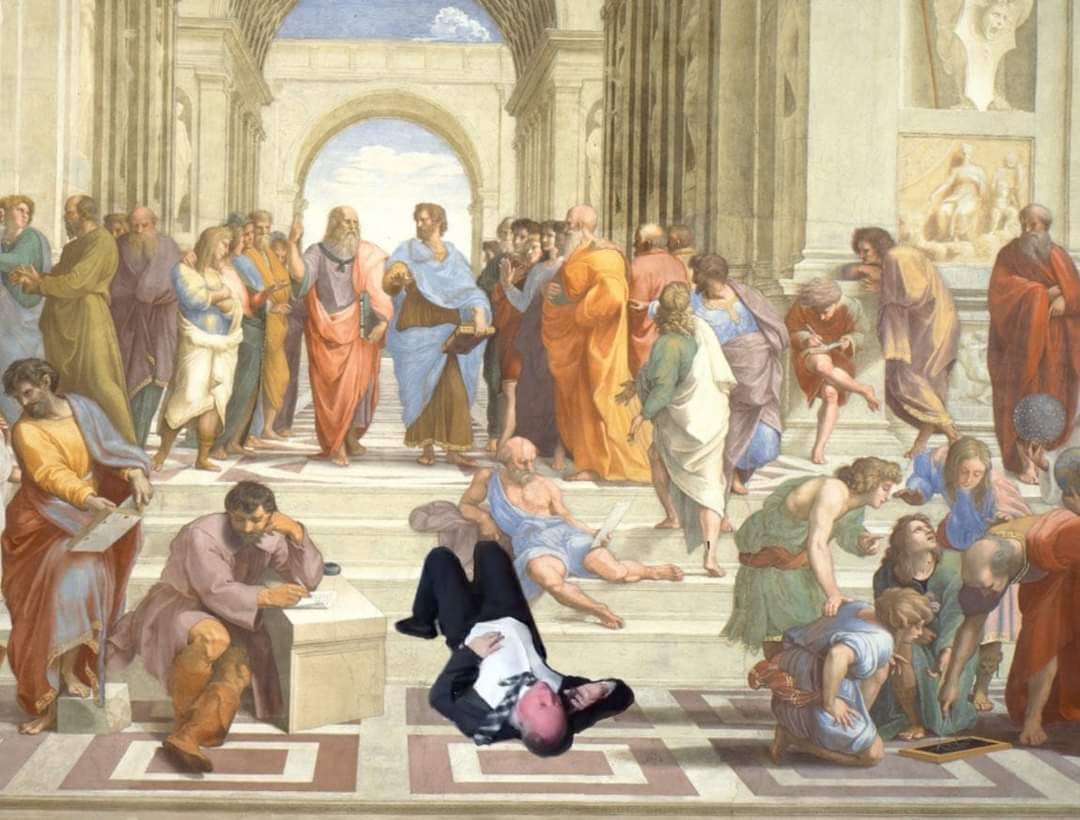
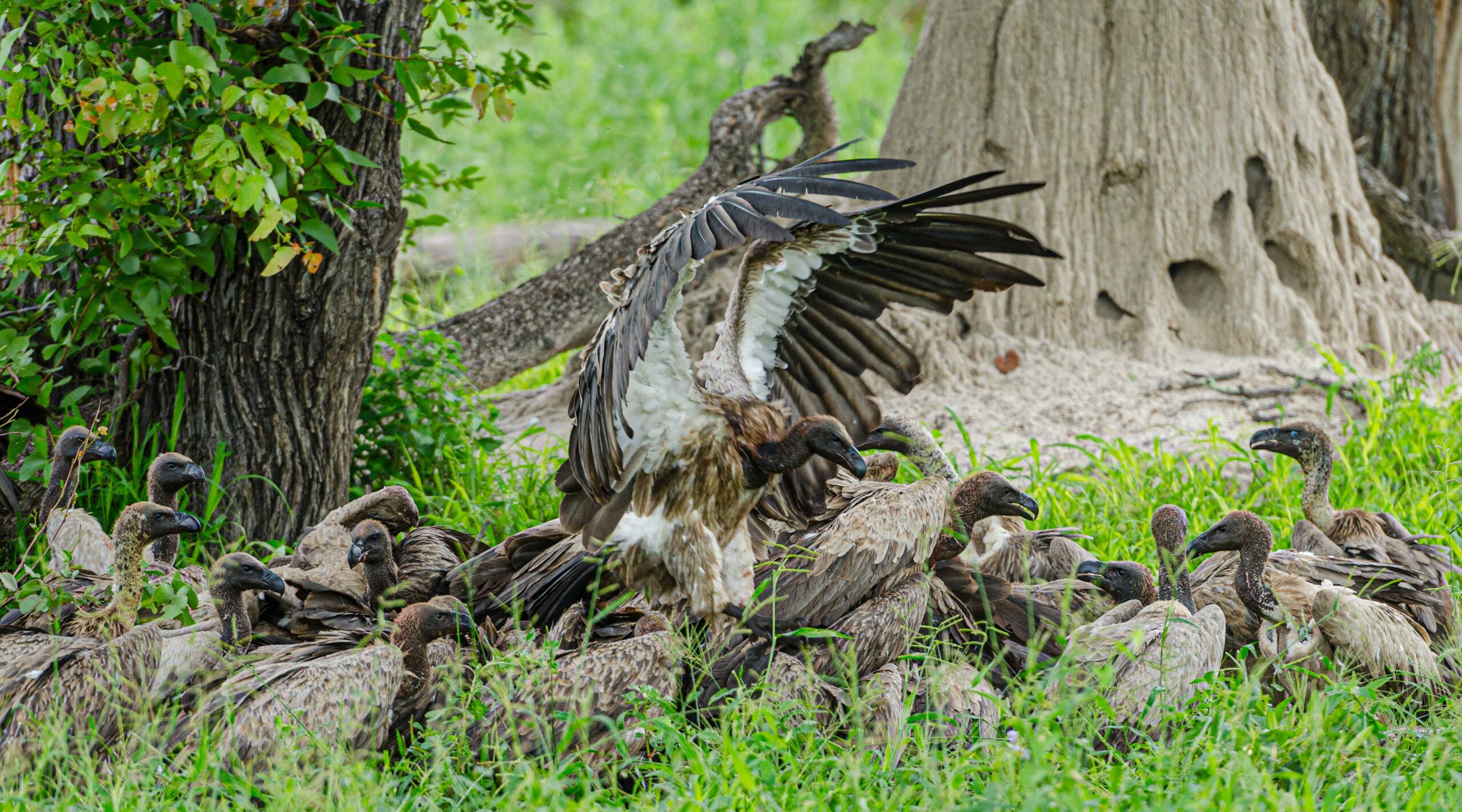

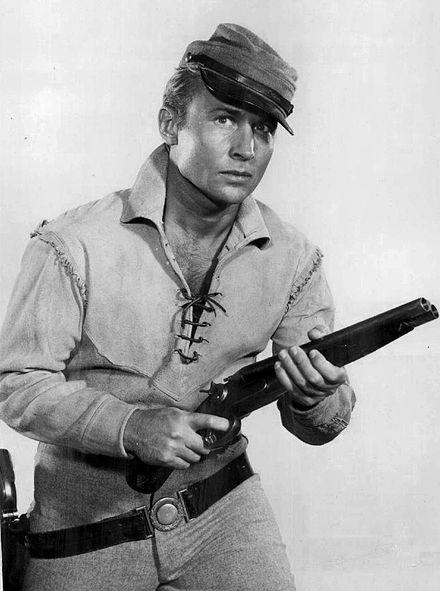
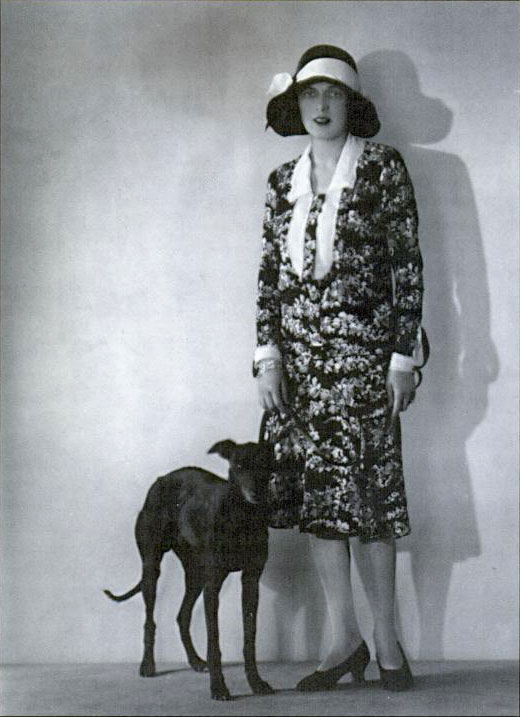
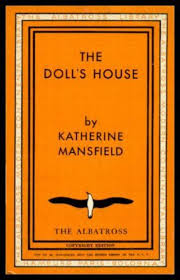 However, the Albatross Modern Continental Library stood out in the marketplace “with an eye for design and colour”, which included the introduction of colour-coding for different categories of books” in the form of fully saturated covers: red for crime, blue for romance, yellow for literary novels and essays, purple for biography and history, green for travel, orange for short stories, and improved typography and modern editorial policies. These modern looking volumes sold in huge numbers, and were the template for The Penguin Books, which Alan Lane started publishing in 1936. Kurt Enoch later went to work for him, after he escaped from Nazi Germany via France, as his American director.
However, the Albatross Modern Continental Library stood out in the marketplace “with an eye for design and colour”, which included the introduction of colour-coding for different categories of books” in the form of fully saturated covers: red for crime, blue for romance, yellow for literary novels and essays, purple for biography and history, green for travel, orange for short stories, and improved typography and modern editorial policies. These modern looking volumes sold in huge numbers, and were the template for The Penguin Books, which Alan Lane started publishing in 1936. Kurt Enoch later went to work for him, after he escaped from Nazi Germany via France, as his American director.
 Two of Trump’s committees, Save America leadership PAC and the Make America Great Again PAC, spent $55.6 million on legal bills in 2023, including $29.9 million in the second half of the year, according to the new reports released Wednesday. Washington Post.
Two of Trump’s committees, Save America leadership PAC and the Make America Great Again PAC, spent $55.6 million on legal bills in 2023, including $29.9 million in the second half of the year, according to the new reports released Wednesday. Washington Post.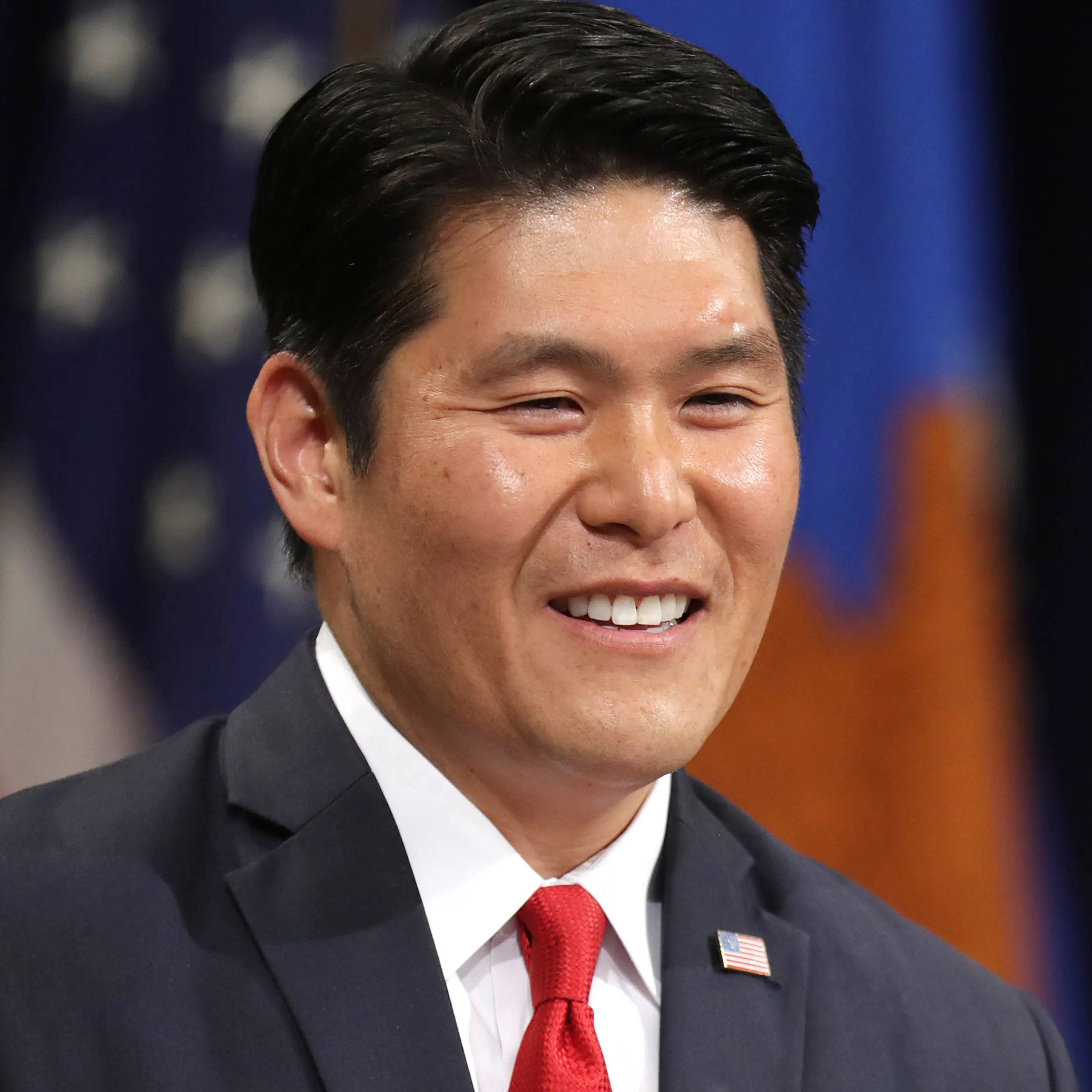

 It was also a time when the Barcelona football team (“Barca”) started on its winning ways, attracting a huge degree of worldwide support. I have visited Barcelona several times since. On one of these occasions, the city was out in force when the Barca football team crowded on the top of an open-aired double decker bus being driven through streets after winning the European Cup. Messi was very recognisable at the front of the team holding onto the bus rail.
It was also a time when the Barcelona football team (“Barca”) started on its winning ways, attracting a huge degree of worldwide support. I have visited Barcelona several times since. On one of these occasions, the city was out in force when the Barca football team crowded on the top of an open-aired double decker bus being driven through streets after winning the European Cup. Messi was very recognisable at the front of the team holding onto the bus rail.
